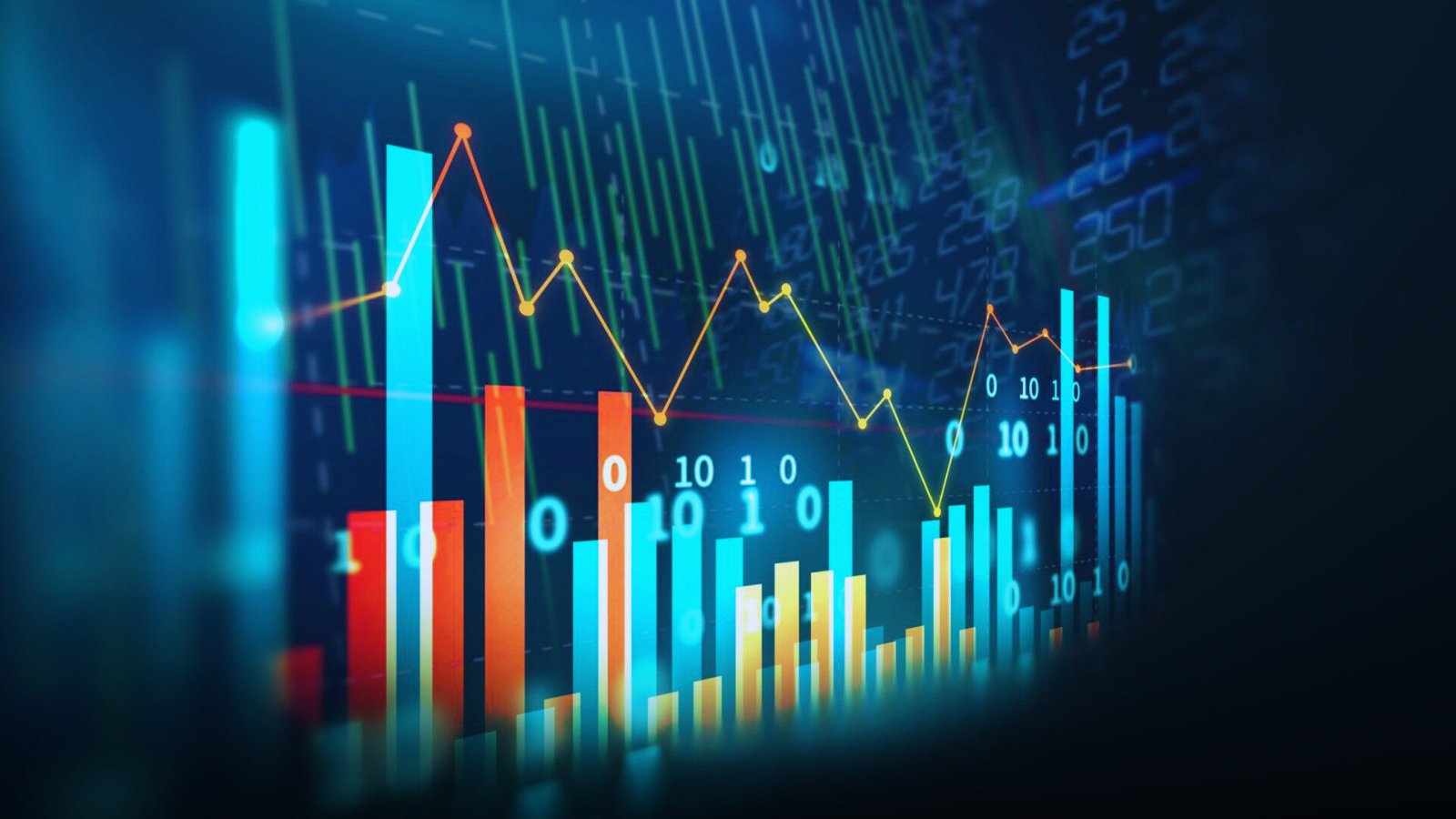By Ayesha Saba
Pakistan’s import bill is climbing again — and this time, cars, ships, and phones are leading the charge. Official data shows the country’s imports rose 13.87% year-on-year in the first quarter (July–September) of the 2025–26 fiscal year, reaching $17.03 billion.
The biggest surprise came from the transport sector, which skyrocketed by 112.87%, nearly doubling its share of total imports from 2.91% to 6.19%. The latest Pakistan import data FY26 shows a broad rise in industrial and consumer imports across key sectors.
Machinery Imports Show Strong Growth
According to data from the Ministry of Commerce, machinery imports also picked up speed, rising 20.92% to $2.6 billion compared to $2.1 billion last year. Machinery now makes up 15.36% of Pakistan’s total imports.
Breaking it down further, imports of power-generating machinery jumped 12.91%, while office equipment — including computers — shot up by nearly 49%. Textile machinery imports climbed almost 60%, and construction and mining machinery rose by more than a third. Telecom equipment saw the most dramatic growth, up 77.33%.
Telecom Equipment and Mobile Phones Surge
Within telecom, mobile phones alone recorded a stunning 103.10% increase, while other telecom apparatus grew 28.30%. However, electrical machinery and apparatus imports slipped by 12.01%, marking one of the few declines in an otherwise high-spending quarter.
Transport Sector Leads the Import Boom
The transport sector stole the spotlight. Imports surged from $495 million to $1.05 billion, led by a 104.62% increase in road motor vehicles. Aircraft, ships, and boats saw an even more staggering rise of 381.76%, while other transport equipment imports climbed 144.71%.
Petroleum Imports Decline Amid Rising Costs Elsewhere
On the other hand, Pakistan’s petroleum import bill eased slightly. The petroleum group’s imports fell 6.79%, from $4.05 billion to $3.7 billion, shrinking its share of total imports from 27.08% to 22.17%.
Imports of petroleum products edged up from $1.35 billion to $1.39 billion, while crude oil dipped slightly to $1.42 billion. Imports of liquefied natural gas (LNG) dropped sharply from $1.02 billion to $715 million, and liquefied petroleum gas (LPG) fell slightly from $240 million to $235 million.
Textile, Chemical, and Metal Imports Continue to Rise
Meanwhile, textile-related imports increased 11.76% to $1.7 billion. Within this group, raw cotton imports fell from $474 million to $393 million, but synthetic fibre and artificial silk yarn imports climbed to $213 million and $265 million respectively. Even second-hand clothing saw higher demand, increasing from $128 million to $139 million.
The chemical sector also showed growth, with imports up 7.42% from $2.4 billion to $2.6 billion.
The metal group followed suit, recording a 15.37% increase from $1.3 billion to $1.5 billion, slightly boosting its share in total imports.
Miscellaneous imports also ticked up, growing 14.73% from $274 million to $315 million. Imports under “other items” rose 14.28%, from $938 million to $1.07 billion.
Overall, the import trends for the July–September quarter paint a clear picture: Pakistan is spending more on industrial and consumer goods, with strong gains in machinery, transport, and telecom sectors. As this reporter notes, the data suggests a growing appetite for imported technology and vehicles — even as energy imports ease off slightly.
Author Profile
-
Ayesha Saba is an economic journalist advocating for Pakistan's shift from unstable farming to high-value sectors.
Her sharp analysis of the central bank's report spotlights tourism and technology as vital engines for job creation and resilience, urging urgent policy pivots toward a **diverse and sustainable future.





